The light was tended by keepers for over 100 years, carrying heavy buckets of fuel up the spiral staircase every day. During the Civil War the light was extinguished to thwart Union ships from attacking this area of FL. In 1949, the original Fresnel lens was replaced and the lighthouse was automated. It was decommissioned in 1994 after 160 years of service.
In 1995, Hurricane Opal washed the lighthouse from its foundation (causing it to lean at a 7.5 degree angle) and left the Keeper's house in ruins. Sand and dirt was filled in one side and the 400-ton tower gradually settled back to its vertical position. By 2004, the lighthouse was completely surrounded by Gulf water and in October, 2005, completely collapsed.
Original bricks (22,000), granite door jambs, and window lintels from the 1852 lighthouse were salvaged and used to reconstruct the current lighthouse in a new location. The lantern room was recast from original pieces damaged in the collapse. The 4th Cape St. George Lighthouse was completed in 2008. The conical brick masonry of both the original and the last lighthouse are finished with painted stucco . The 1852 lighthouse had 50 wooden pilings 11' deep in the ground and the 2008 one has 16 concrete pilings 30-40' deep. The original lighthouse cost $6,390 to build and the 2008 replica $750,000.
A museum and gift shop is located in the replica Keeper's house. Interesting displays about the history of the lighthouse and its Keepers are exhibited on the first floor.
The volunteer shared lots of interesting information about the lighthouse and the keepers who lived in this remote part of the country in the 1800s and early 1900s with us. The second floor of the lighthouse has a couple of model size lighthouses and a case of miniature ones, too.
Like the Crooked River Lighthouse, these folks are very dog friendly. Sadie got to hang out at the Pooch station while we checked out the museum and climbed the tower.
After visiting museum, we purchased tickets ($5/adults; $3/kids) to climb the tower.
At the base of the lighthouse the walls are 4' thick and taper to 2' thickness at the top. The tower is 63' and with the lantern room, 77' tall. The light could be seen for 13 nautical miles, and continues to shine nightly today.
The spiral staircase has wooden steps and there is a ladder at the top to climb to the observation area.
As expected, the views from the top were spectacular.
The 4-mile St. George Island bridge was built between 2002-2004 and can be seen from the lighthouse. It replaced the original Bryant Patton bridge built in 1963. Prior to that access to the island was by boat..
The current electric beacon is not nearly as attractive as the beautiful Fresnel lens of the 1800s!
There are picnic shelters at the lighthouse park where we had our picnic lunch. As we drove along the Big Bend Scenic Highway (Highway 98), we stopped a couple of times to enjoy the beauty of the coast. Below is one of the many great blue heron we saw in the shallow waters.
For additional information about the Cape St. George Lighthouse, check out their site at www.stgeorgelight.org. It is definitely worth a visit if you are in the area and the drive along the coast is gorgeous.


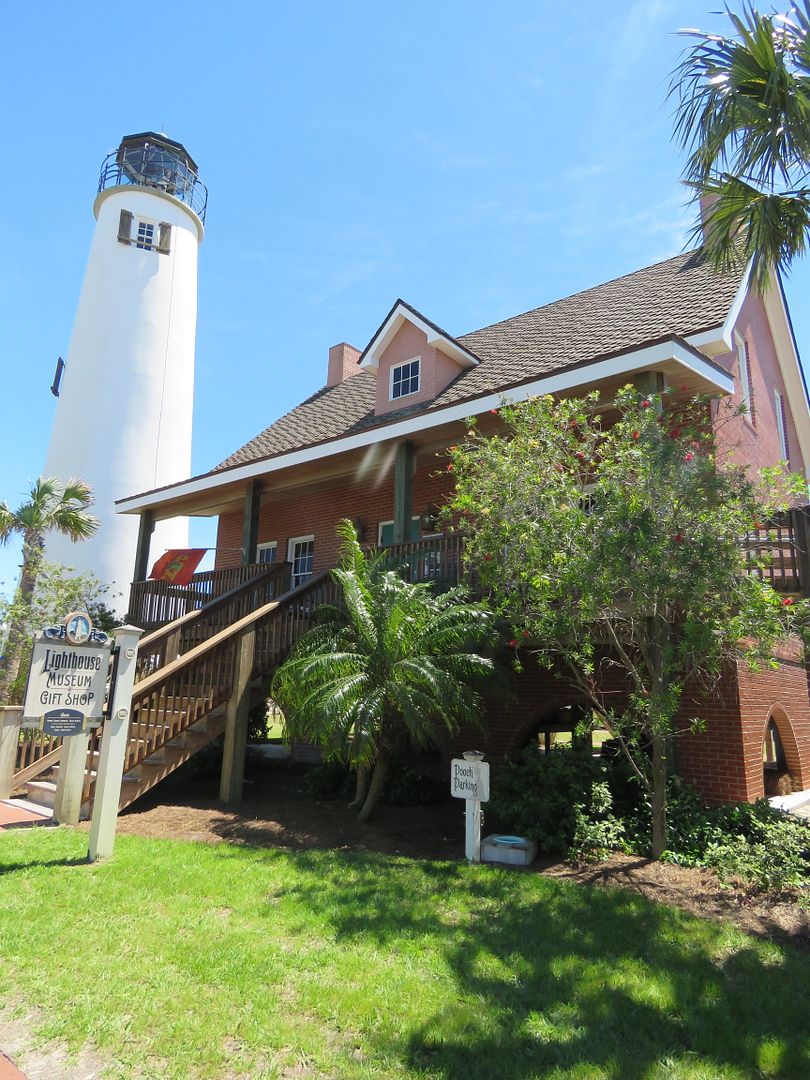
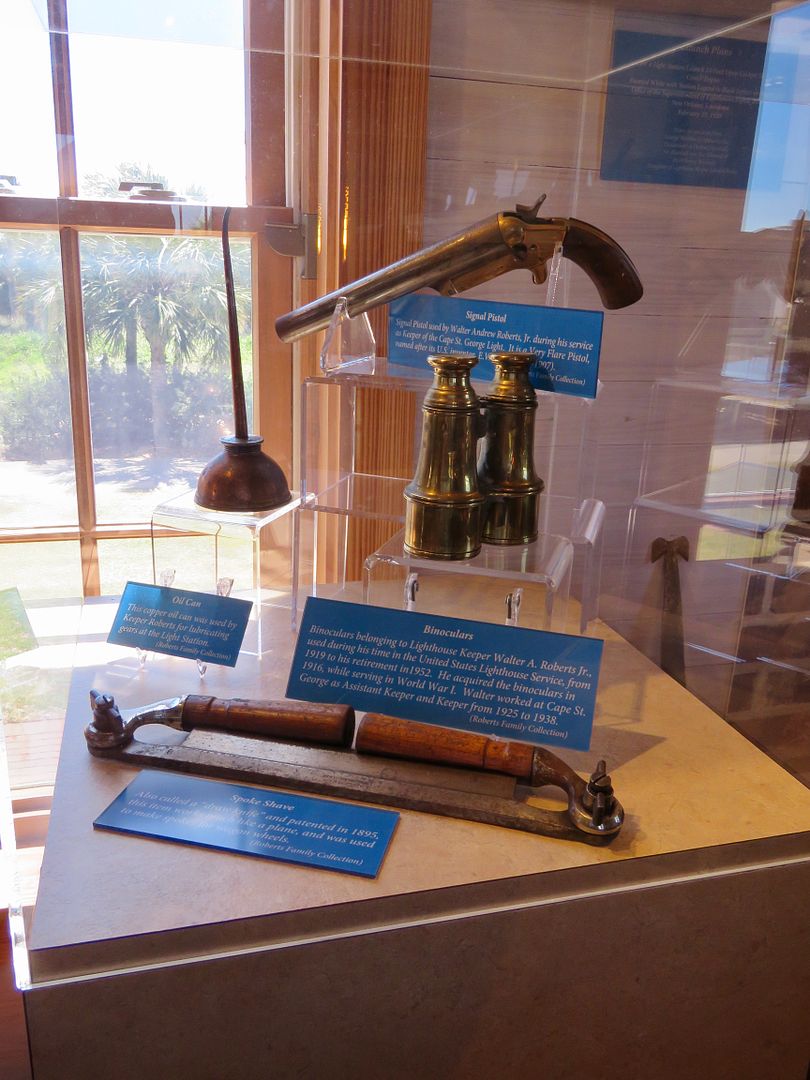
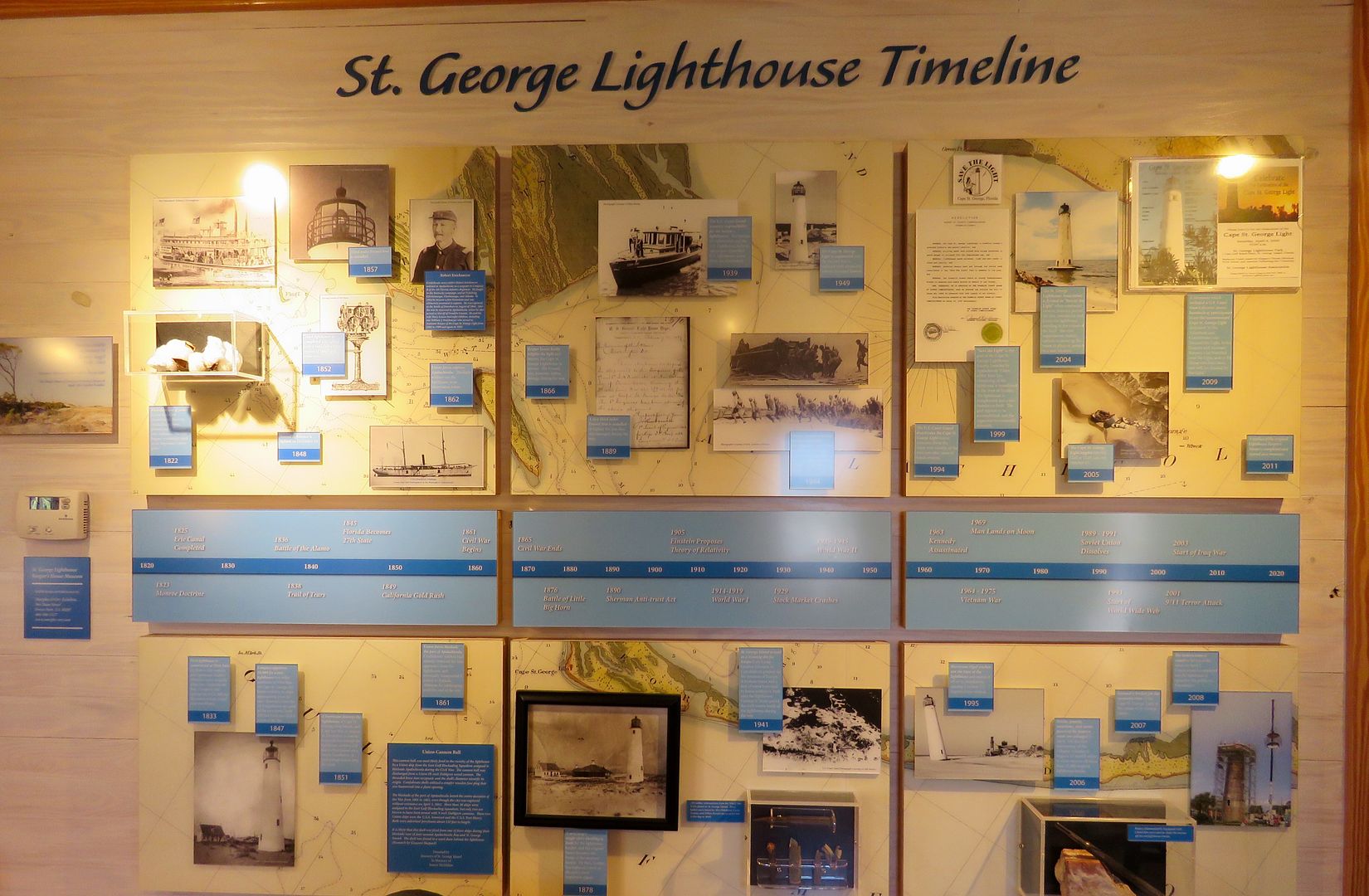
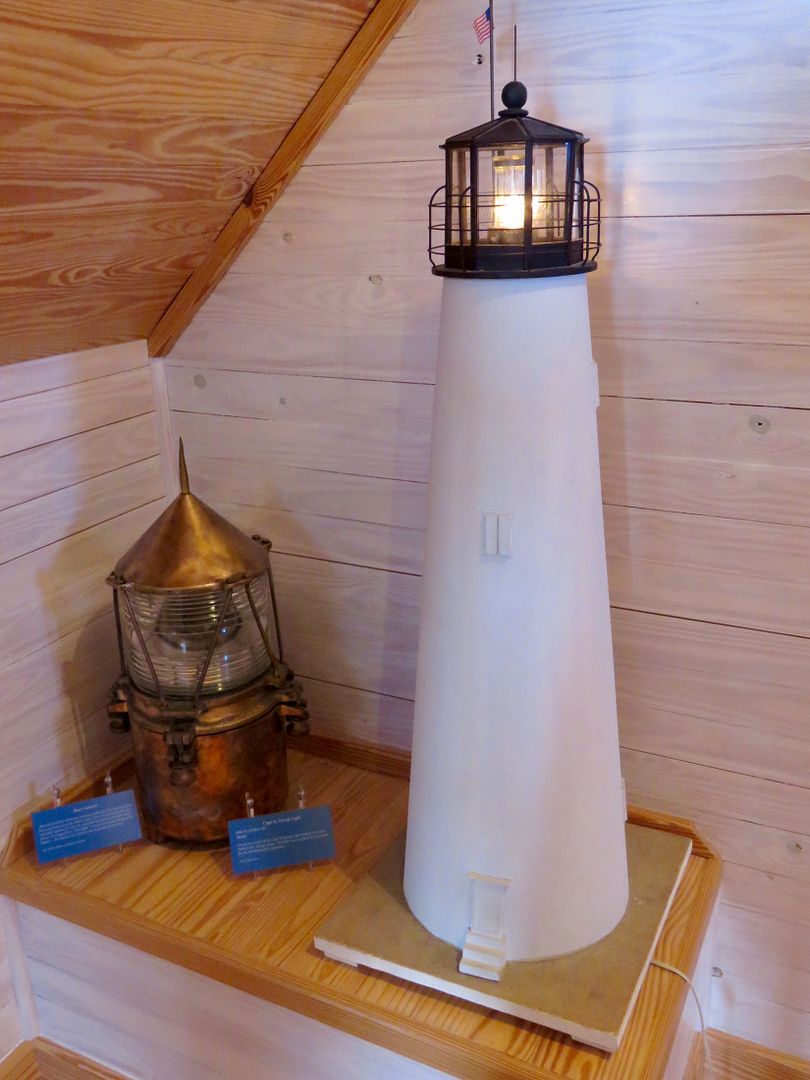
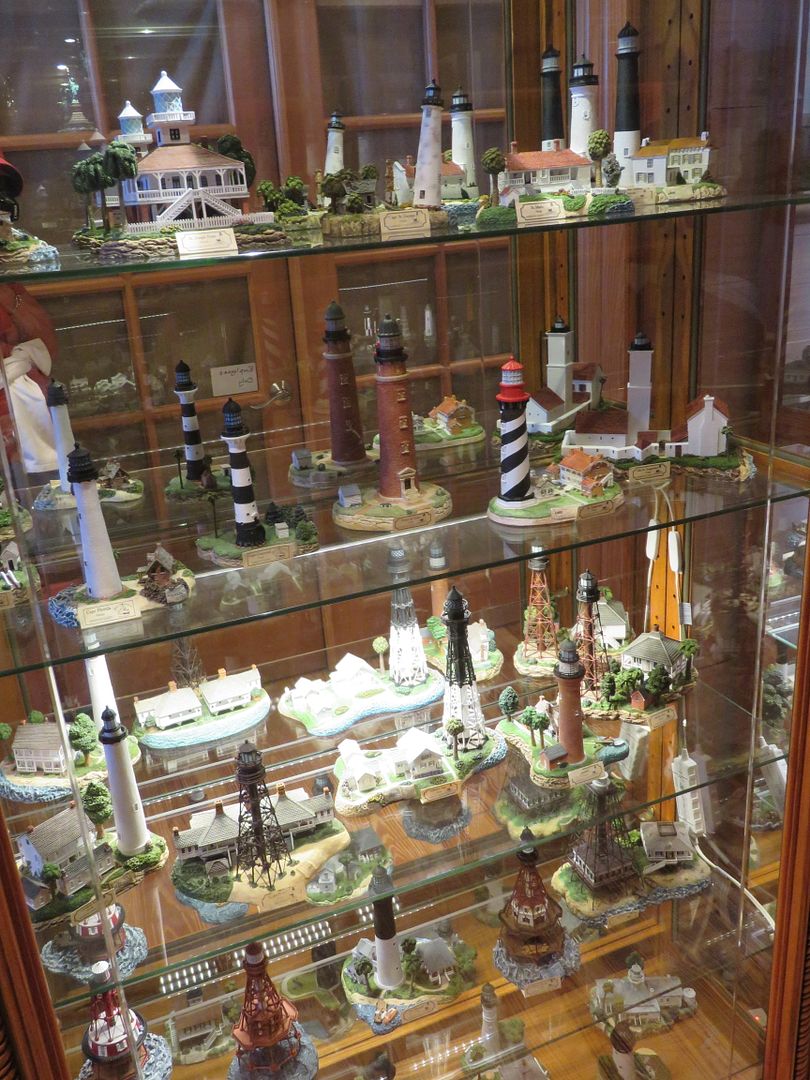
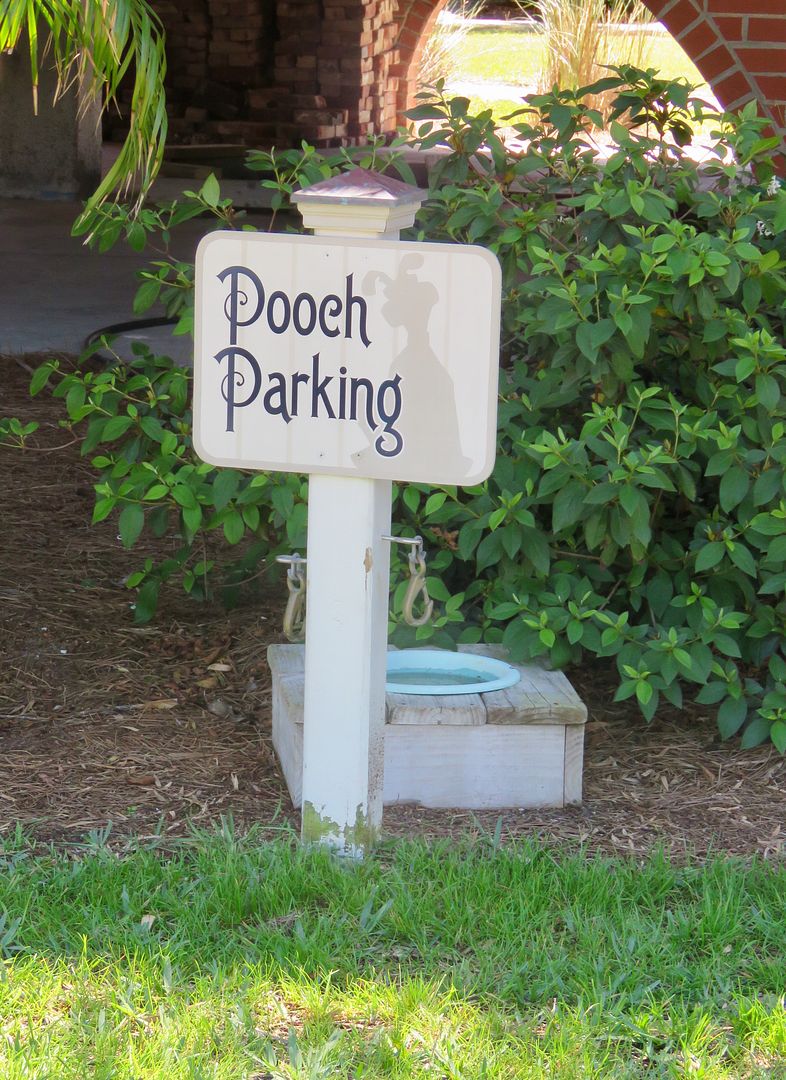
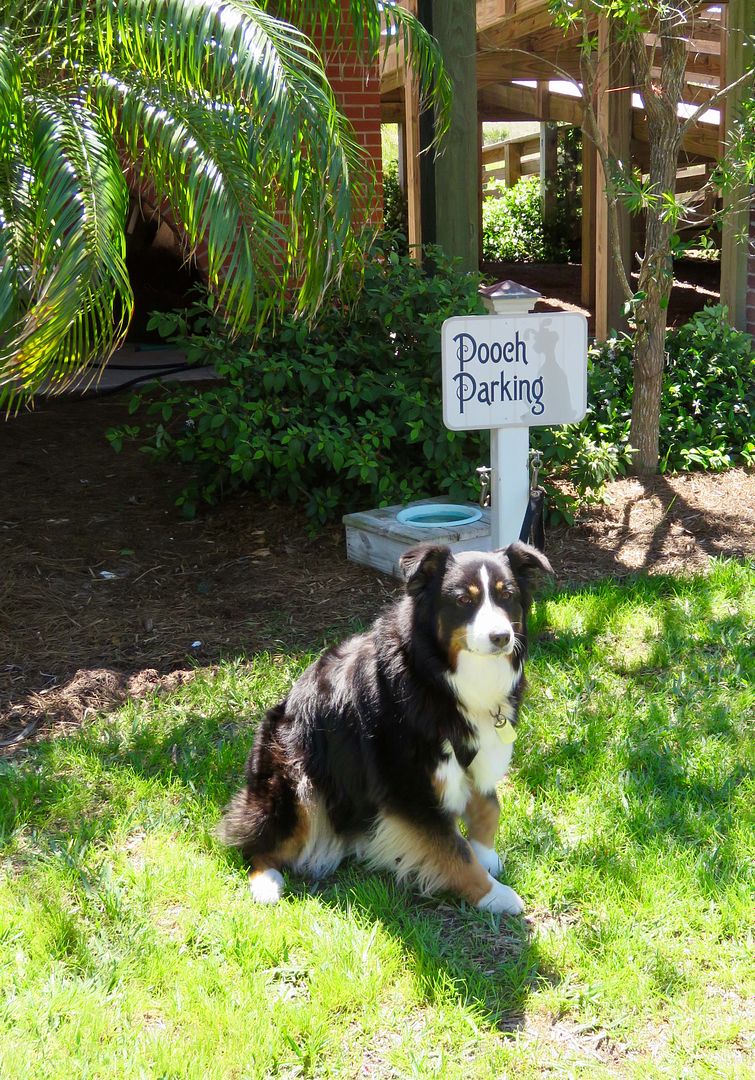
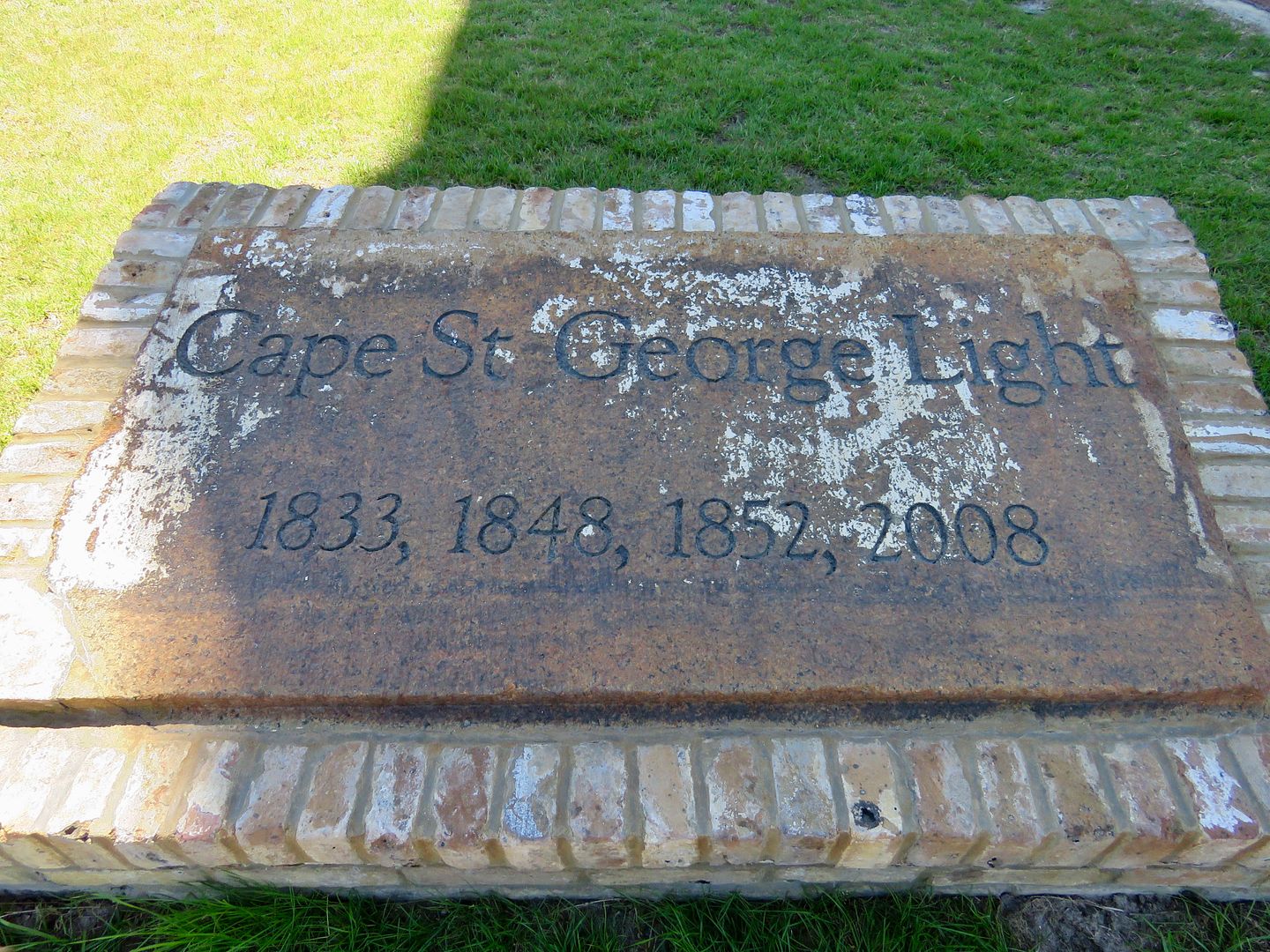
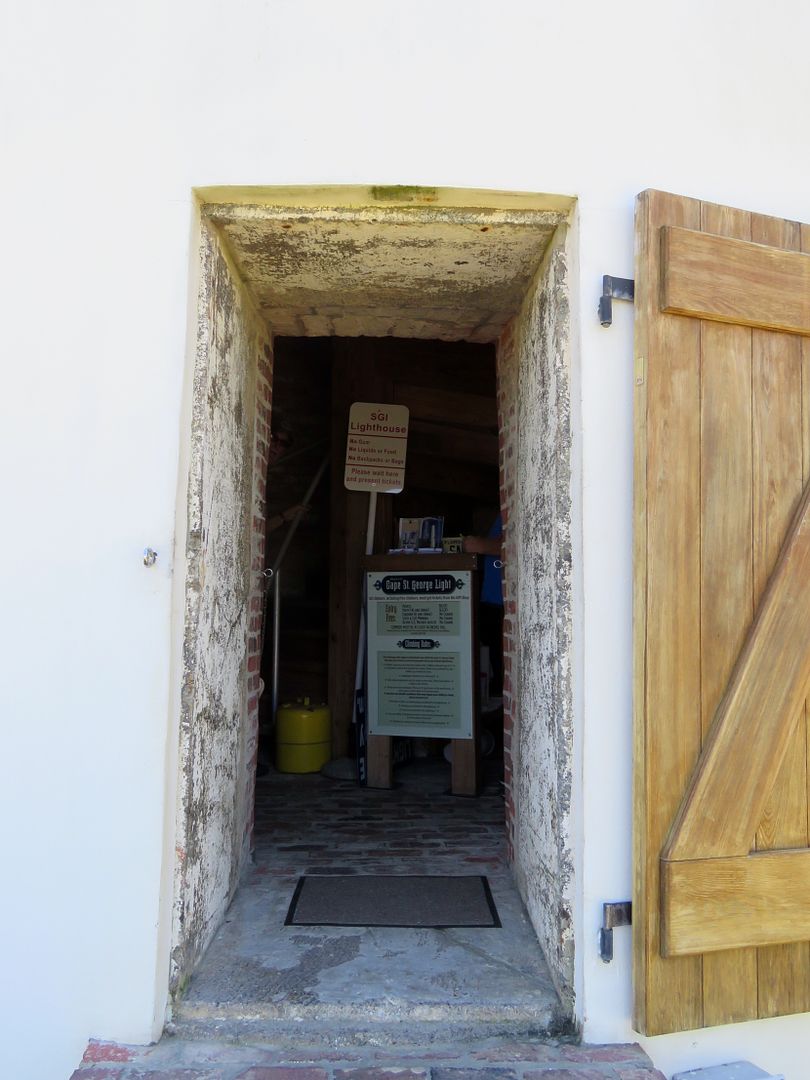
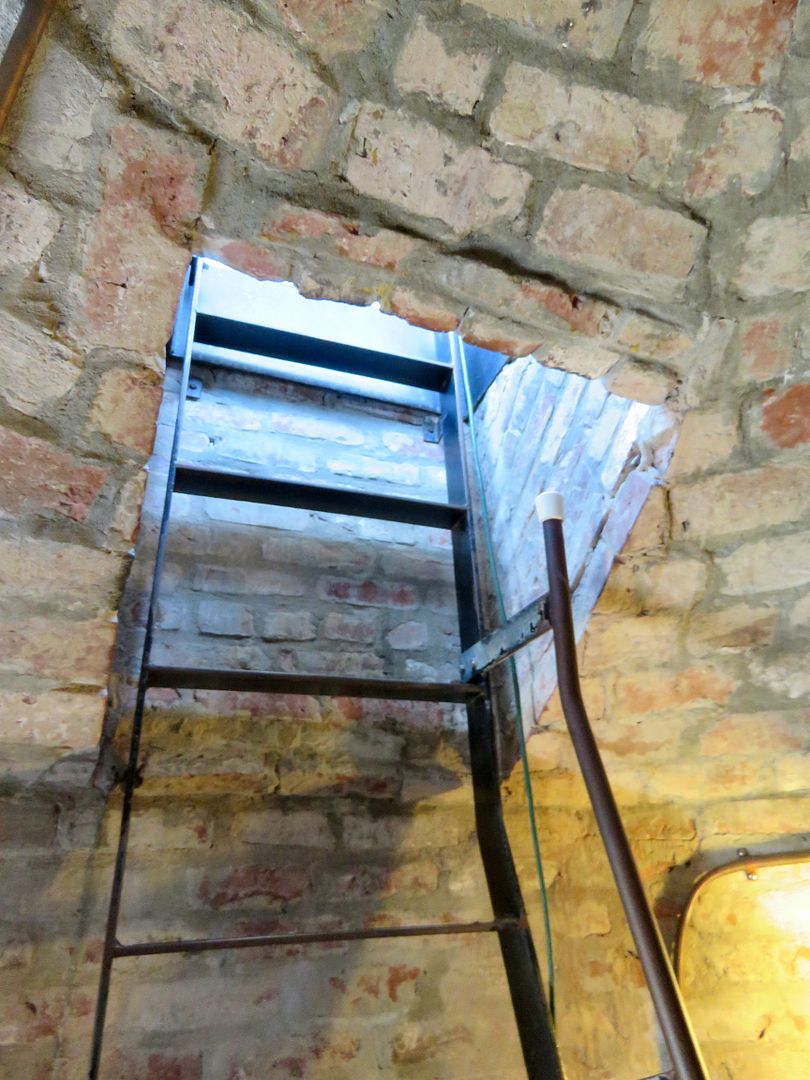

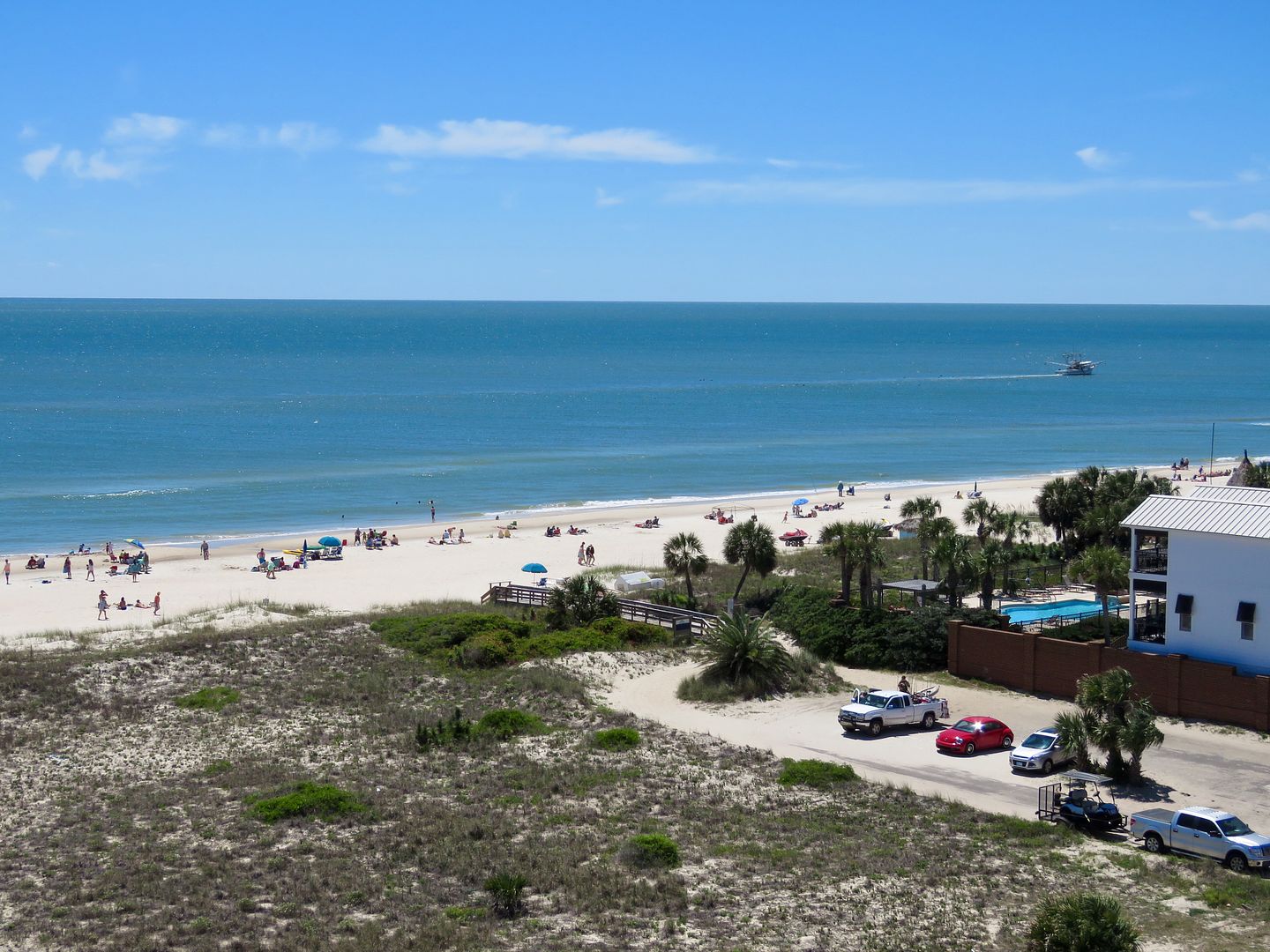
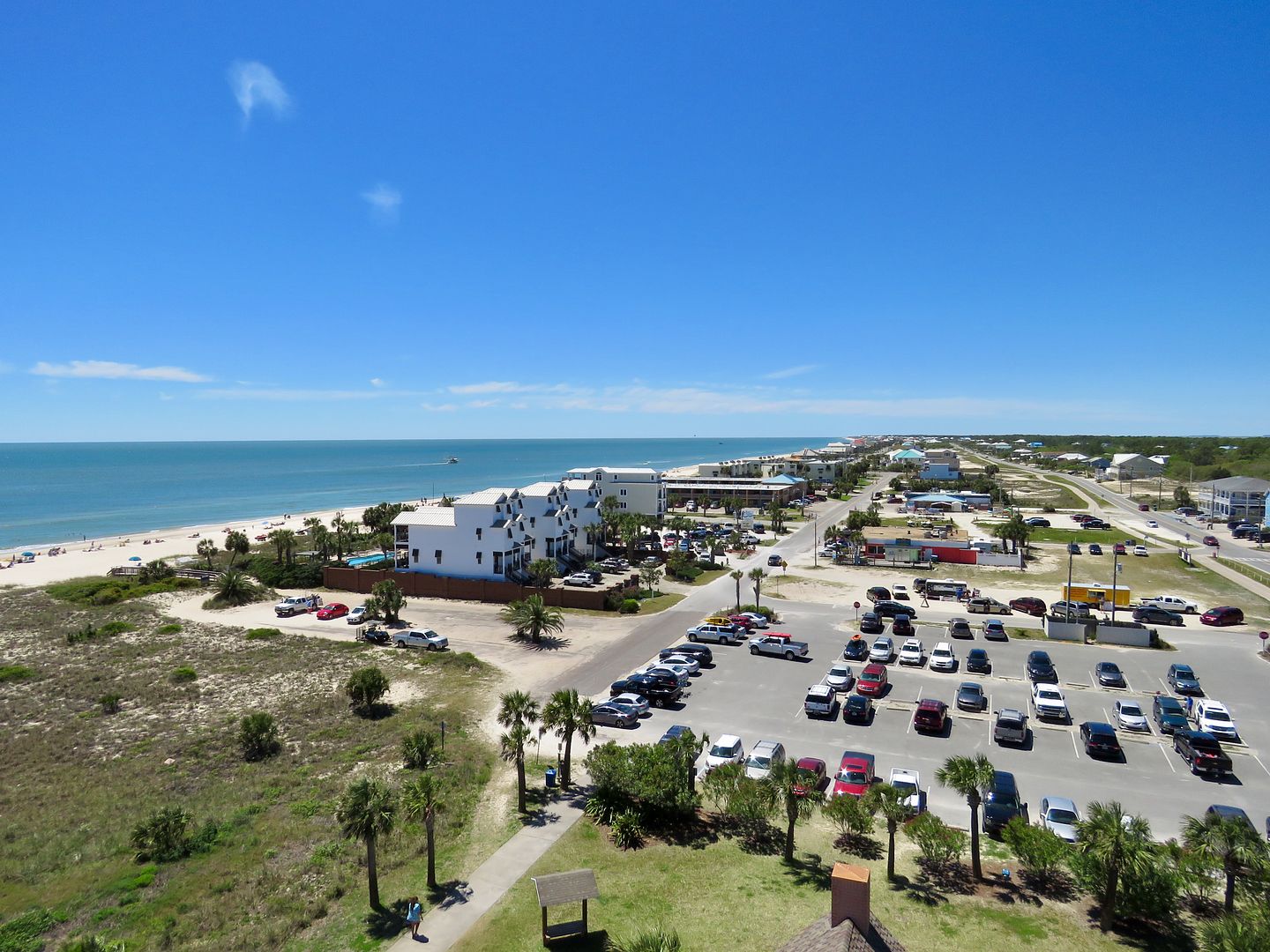






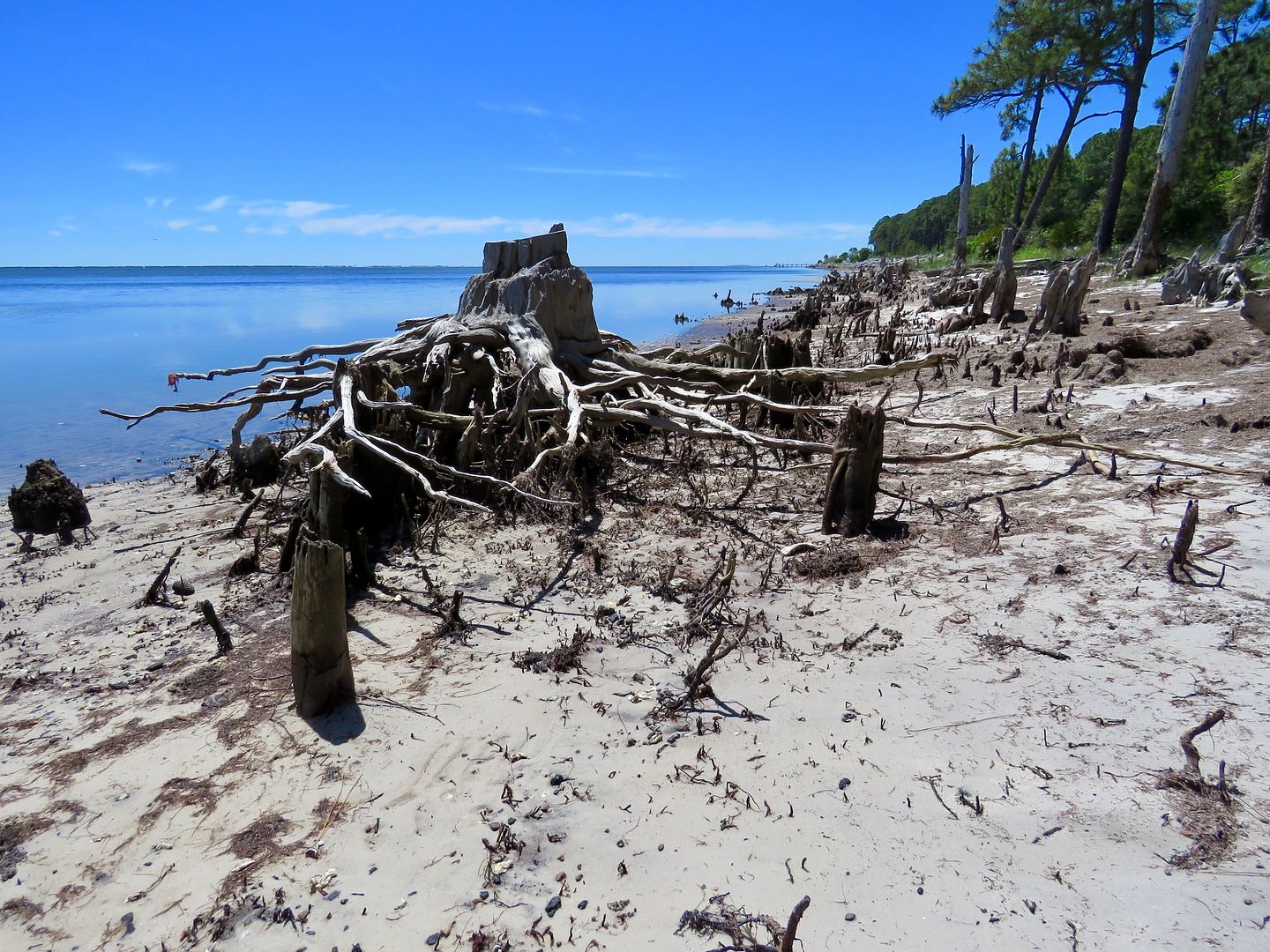
No comments:
Post a Comment